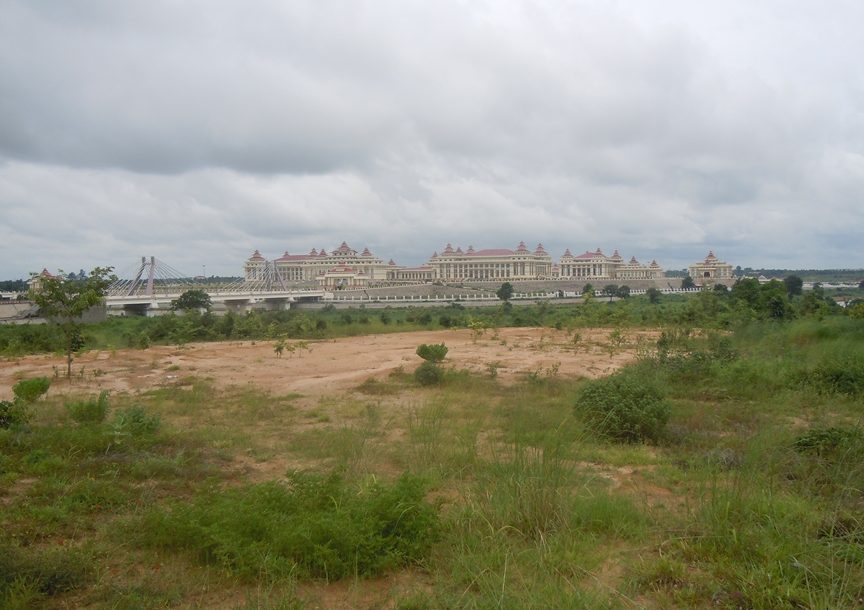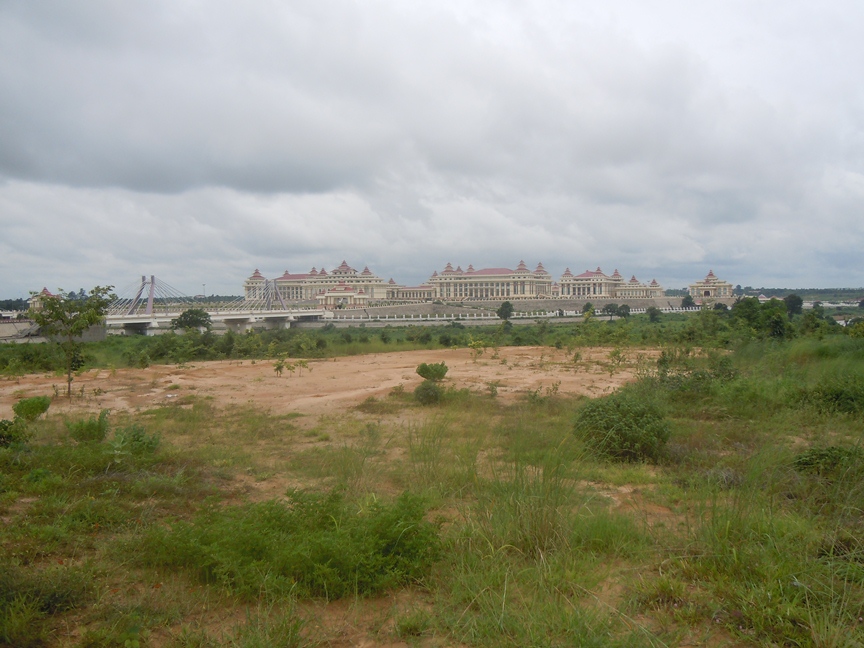President Thein Sein reshuffled his cabinet on 27 August 2012, for the first time since the installation of his government on 30 March 2011. Speculation about an imminent cabinet reshuffle had been heard for some months; the fact that it took so long to accomplish might indicate some lingering vulnerability in Thein Sein’s position, although on the surface the outcome has strengthened his personal authority, reinforced the government’s reformist impulses, and sidelined the last conservative elements among his ministers.
Thein Sein has brought key ministers overseeing his reform initiatives into his own office, as ministers without portfolio: notably Investment Commission Chair, Soe Thein, who has become the leading advocate of micro-economic policy reform; former Railways Minister, Aung Min, who has assumed responsibility for negotiating peace agreements with several ethnic groups (including the Karen National Union); and the ministers formerly in charge of Finance and National Development.
Thein Sein’s new Cabinet also underlines the increasing important of economic reforms – as Western sanctions are lifted, international assistance increases, and foreign direct investment grows. Reflecting this, an experienced economist, Dr Kan Zaw, formerly Rector of the Institute of Economics, was promoted from Deputy Minister to Minister for National Planning and Economic Development. He will be backed up by two experienced new deputy ministers: Thein Sein’s own former senior economic advisor, the development economist Dr Set Aung; and Professor Daw Khin San Yi, who had been acting Rector of the University of Economics. .
Importantly, Thein Sein has demoted long-serving Information Minister, Kyaw Hsan, to the ministry of cooperatives, after Kyaw Hsan – a hardline conservative retired general – had recently mishandled the creation of a Press Council. Two other former generals were “allowed to retire”. These changes come on the heels of the retirement in July 2012 of conservative Vice President Tin Aung Myint-Oo. While they leave Thein Sein with strong support for his reform agenda within the cabinet, he will still need to take careful account of the views of the army leadership on major policy directions.
The new Information Minister is former Labour Minister, Aung Kyi, a former general who was Minister for Liaison with Aung San Suu Kyi during 2010, and who is expected to endorse reforms. The Defence Minister was replaced, in what looks like a rotational arrangement. Significantly, the two other key security ministries reserved for military appointees, Home Affairs and Border Affairs, which are currently dealing with grave issues of sectarian violence, have not been changed.
The first woman cabinet minister in Myanmar history has been appointed. Dr Myat Myat Ohn Khin was promoted from Deputy Minister of Health to be Social Welfare Minister. Four women are among the new deputy ministers. Overall, many of the appointees have been moved around or promoted, with relatively few completely new faces. A small number of civilians was appointed
These cabinet changes – now also approved by the parliament – are the first real opportunity for Thein Sein to put his own stamp on the character of the government. At the very least, the should mean “more of the same” for Myanmar; but signs point strongly to an even greater thrust for reform, with little or no looking back.
Trevor Wilson is a former Australian Ambassador to Myanmar and a Visiting Fellow in the College of Asia and the Pacific, Australian National University
 Facebook
Facebook  Twitter
Twitter  Soundcloud
Soundcloud  Youtube
Youtube  Rss
Rss 
